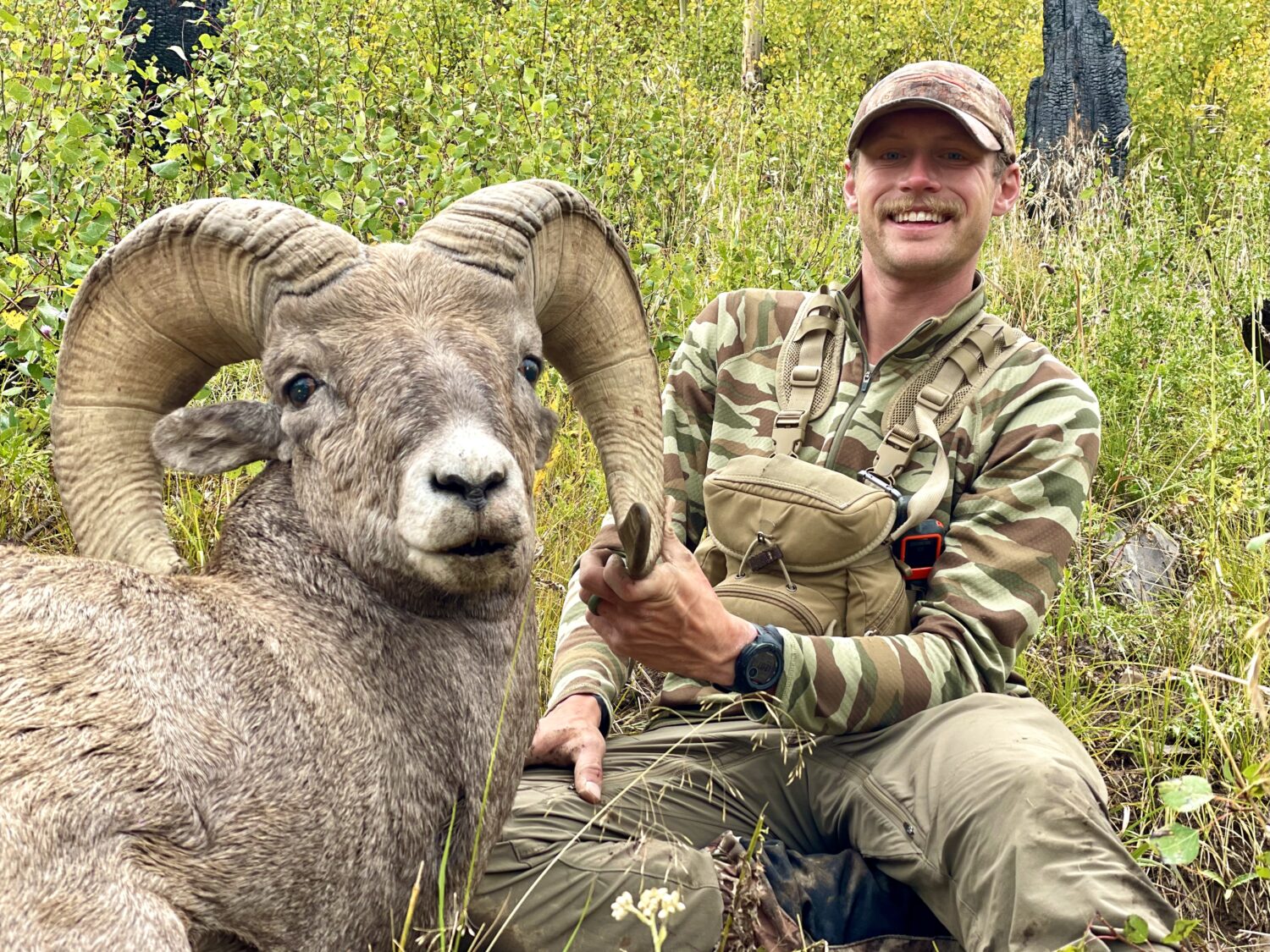A Once in a Lifetime Colorado Bighorn Sheep Hunt
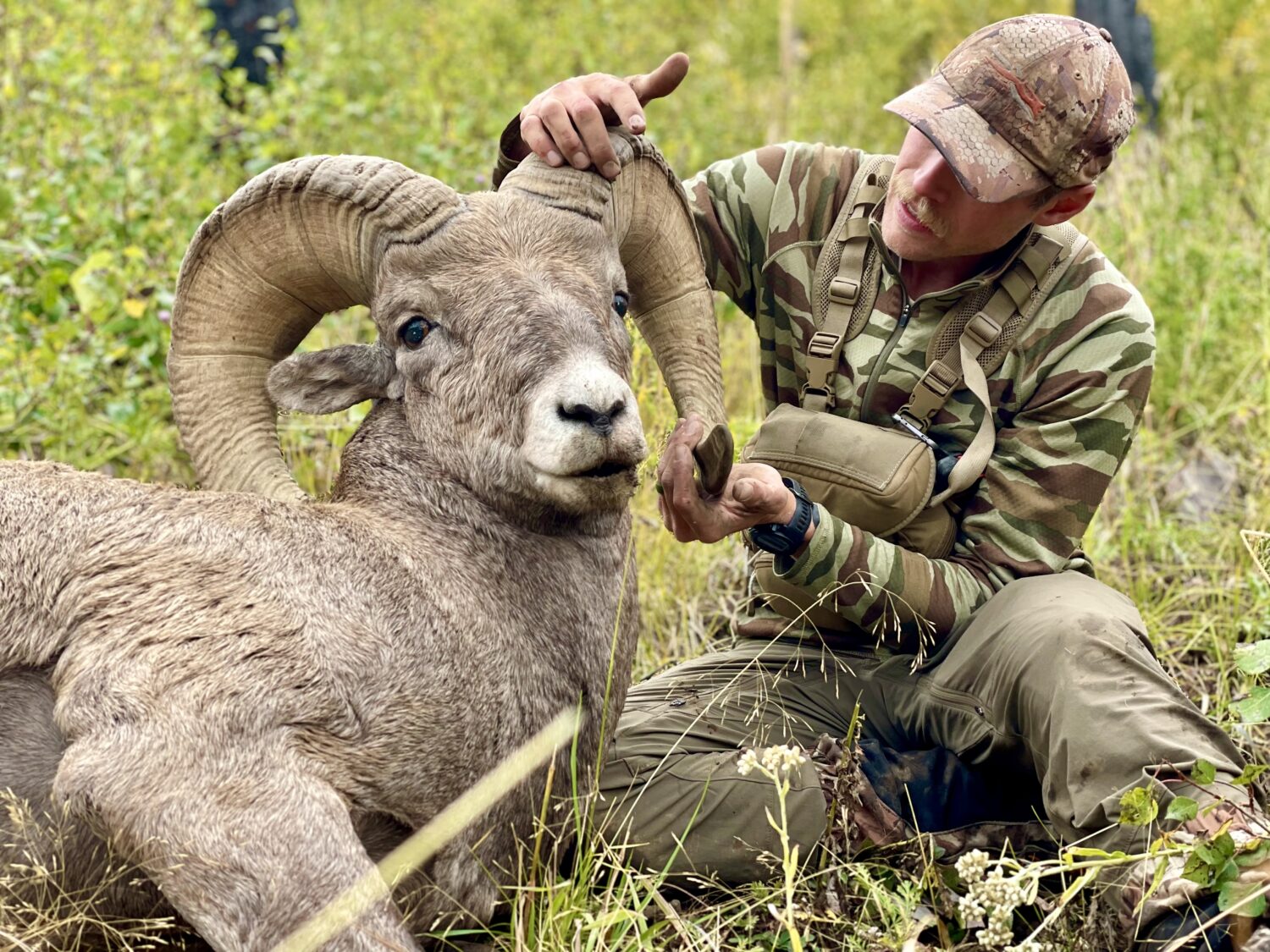
Growing up in the flatlands of Indiana, hunting Rocky Mountain Bighorn Sheep in the vast wilderness areas of the Mountain West never even crossed my mind when a friend introduced me to hunting waterfowl, rabbit, and whitetail deer at the age of 15.
Having attended a remote summer camp in New Mexico as a child, one that my grandfather credited with helping him survive and lead his platoon in the European theater of WWII, I had grown to love the four corners area and the jagged country of the San Juans.
Fast forward to high school and the gravity of the Rockies continued to captivate me. Initially, with a 30-day backpacking and fishing expedition through Wyoming’s Wind River Wilderness with the National Outdoor Leadership School (NOLS). Next, a successful mule deer hunt with family friends in Wyoming’s Bighorn Basin. These formative outdoor experiences eventually led me to the Environmental Studies and Geography programs at the University of Colorado Boulder for my undergraduate degree. Since then, I have been grateful for opportunities to harvest elk, mule deer, pronghorn, and a variety of gamebirds across Colorado.
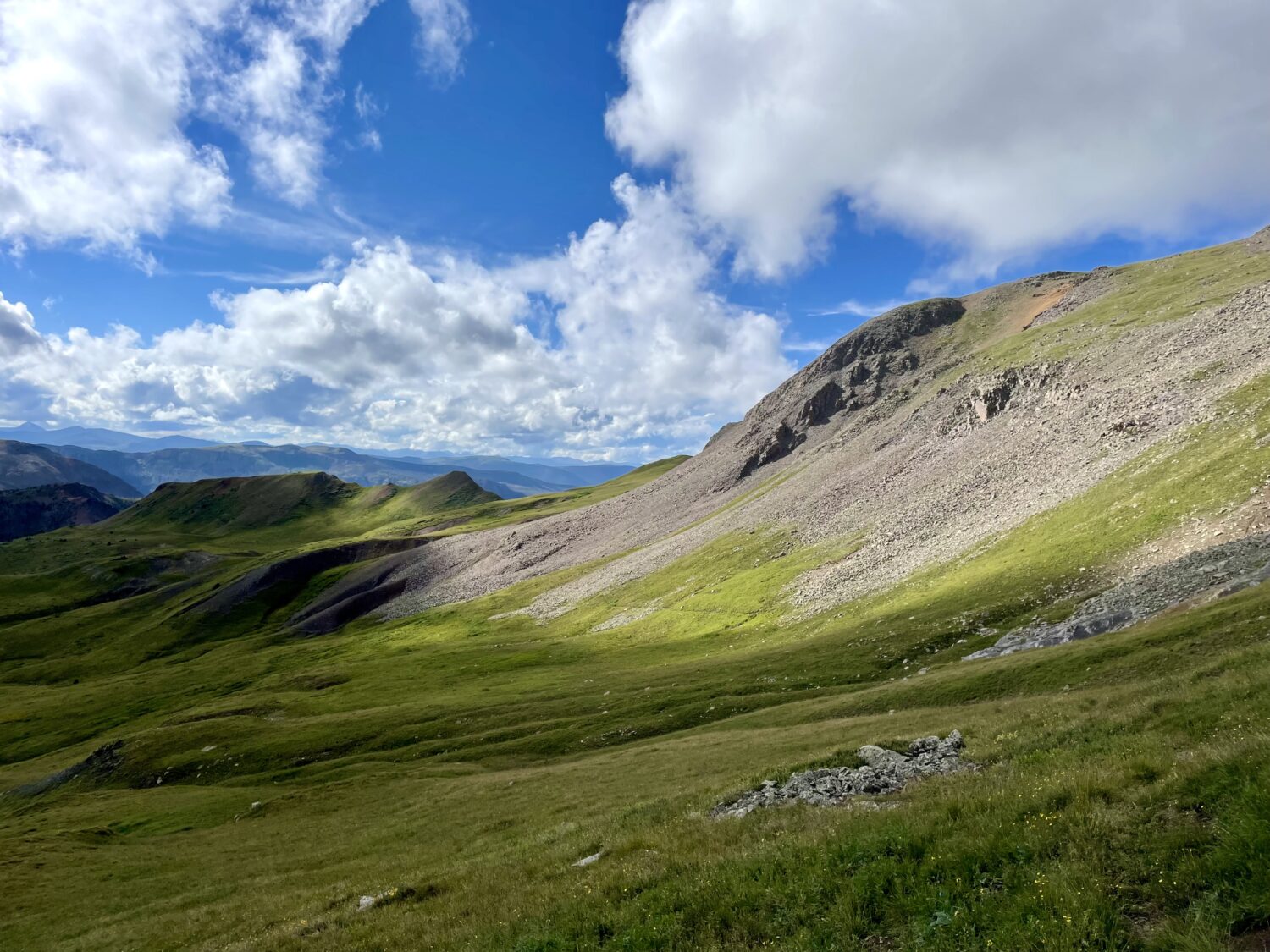
As a 10-year Colorado resident, drawing a coveted Bighorn tag seemed to be a dream with exceedingly long odds. In the Spring of 2024, I haphazardly applied for a Southern Colorado ram tag based on the proximity to my wife Molly’s family cabin. For her family, this area is a sacred place highlighted by generations of memories. Today, the family’s fifth generation enjoys days fly fishing or target shooting from the porch, and evenings playing ultra-competitive games of gin.
When I opened the email from Colorado Park & Wildlife as sheep, moose, and mountain goat tags were being drawn, I fully expected to see I was awarded preference points again. To my astonishment, the email for my sheep application read, “Congratulations, You were successful in drawing your 1st Choice.” I was in disbelief, but after flipping between the CPW website, back to my email, I quickly realized I was not dreaming. Drawing a tag of this magnitude, particularly at a relatively young age, presented an incredible opportunity for both myself and my hunting partners who immediately volunteered to tag along.
With that in mind, I began to pour effort into learning all I could about Bighorn hunting leading up to the September hunt. This entailed countless hours reviewing maps, preparing gear, connecting with previous Bighorn tag holders, and improving my fitness to manifest success in some of Colorado’s most rugged, remote sheep country.
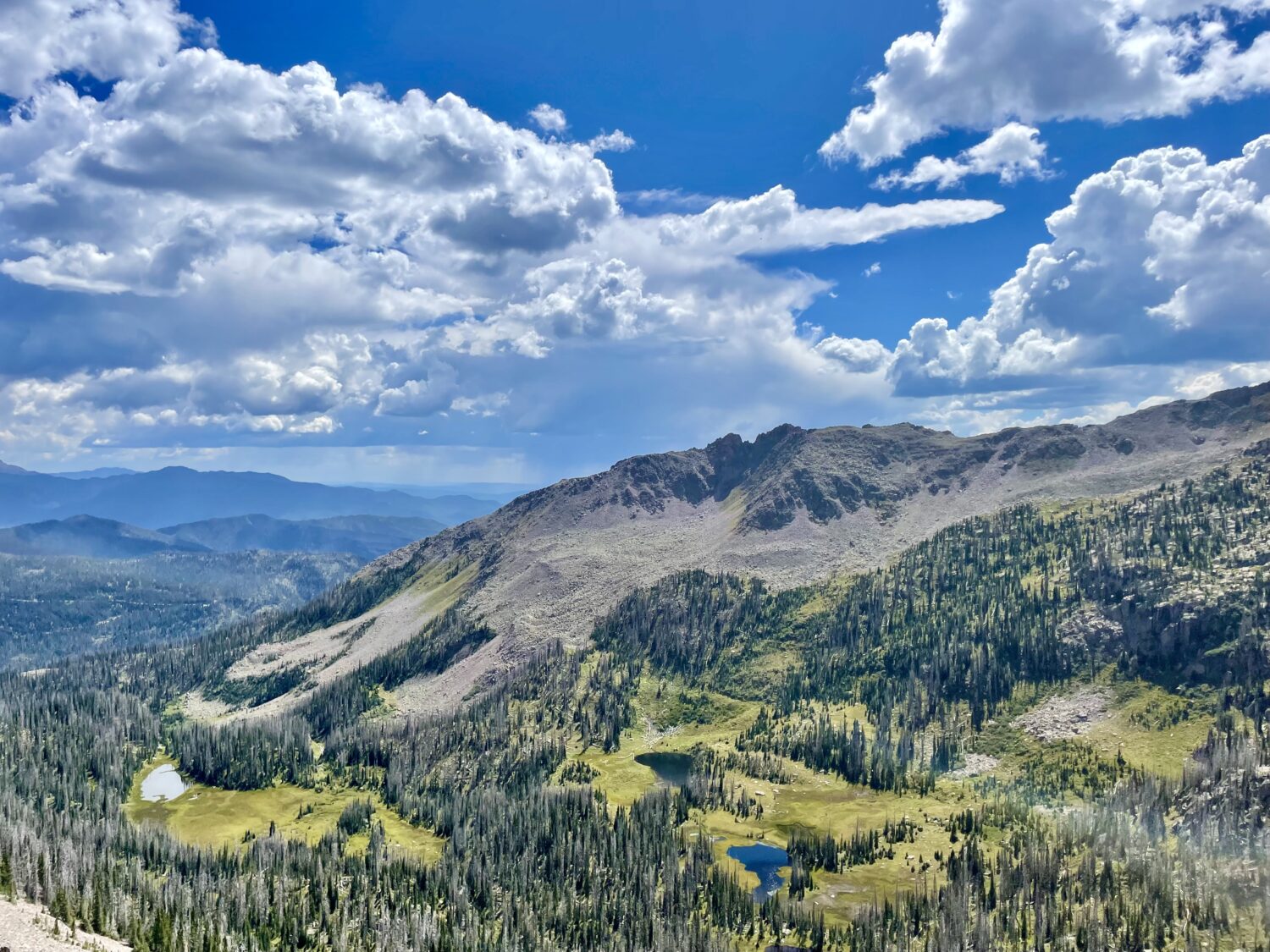
Scouting efforts began by mapping the previous drainages where rams have historically been harvested, information that is published by Colorado Parks and Wildlife. Many of these areas are at least 7 miles one-way to access, and a lot of the trail systems had been neglected following a recent wildfire that scorched much of the unit. The unit was comprised of three terrain types; steep burnt timber, scree covered cirques, and cliff-bound ridges. With only a few legal rams residing in the unit, locating a huntable ram was going to be a tall task.
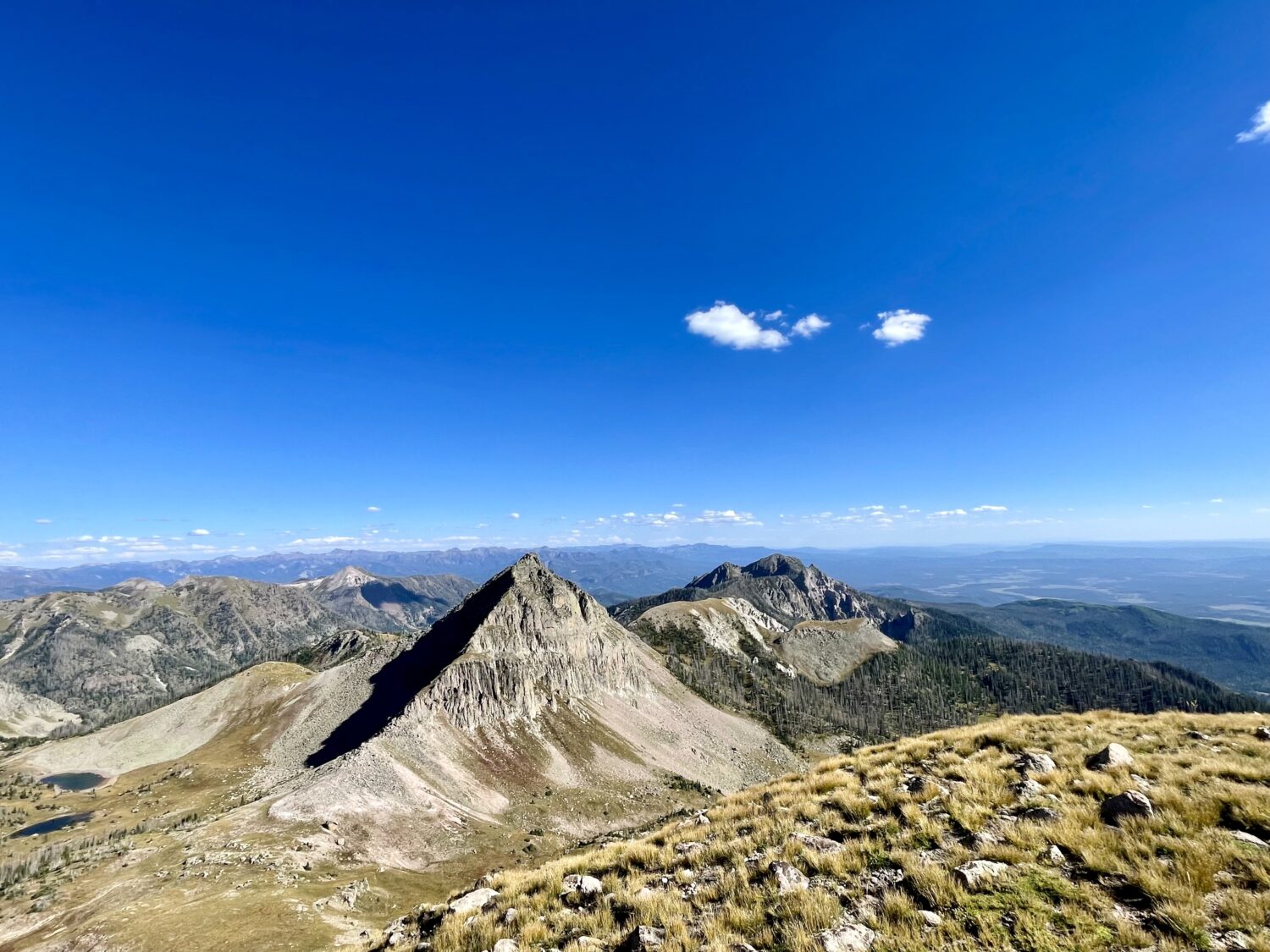
Initial scouting trips proved informative but did not turn up any sheep. Early access was limited due to residual snowpack. Later trips in June and July proved more effective, but with ranch showings and transactions in full swing, finding time to scout was difficult. Nonetheless, these outings allowed me to identify access points, glassing vantages, and trail systems to utilize on the hunt.
Grueling days involving massive elevation gains are the norm on most Bighorn hunts. Summer outings also provided an understanding that locating a legal ram early in the season would be difficult but important in the success of the hunt. My time would be limited after an initial hard push of a week or so. Not to mention, weather conditions can quickly deteriorate in this part of the state by late-September, making access to the sheep habitat even more of a challenge, if not nearly impossible.
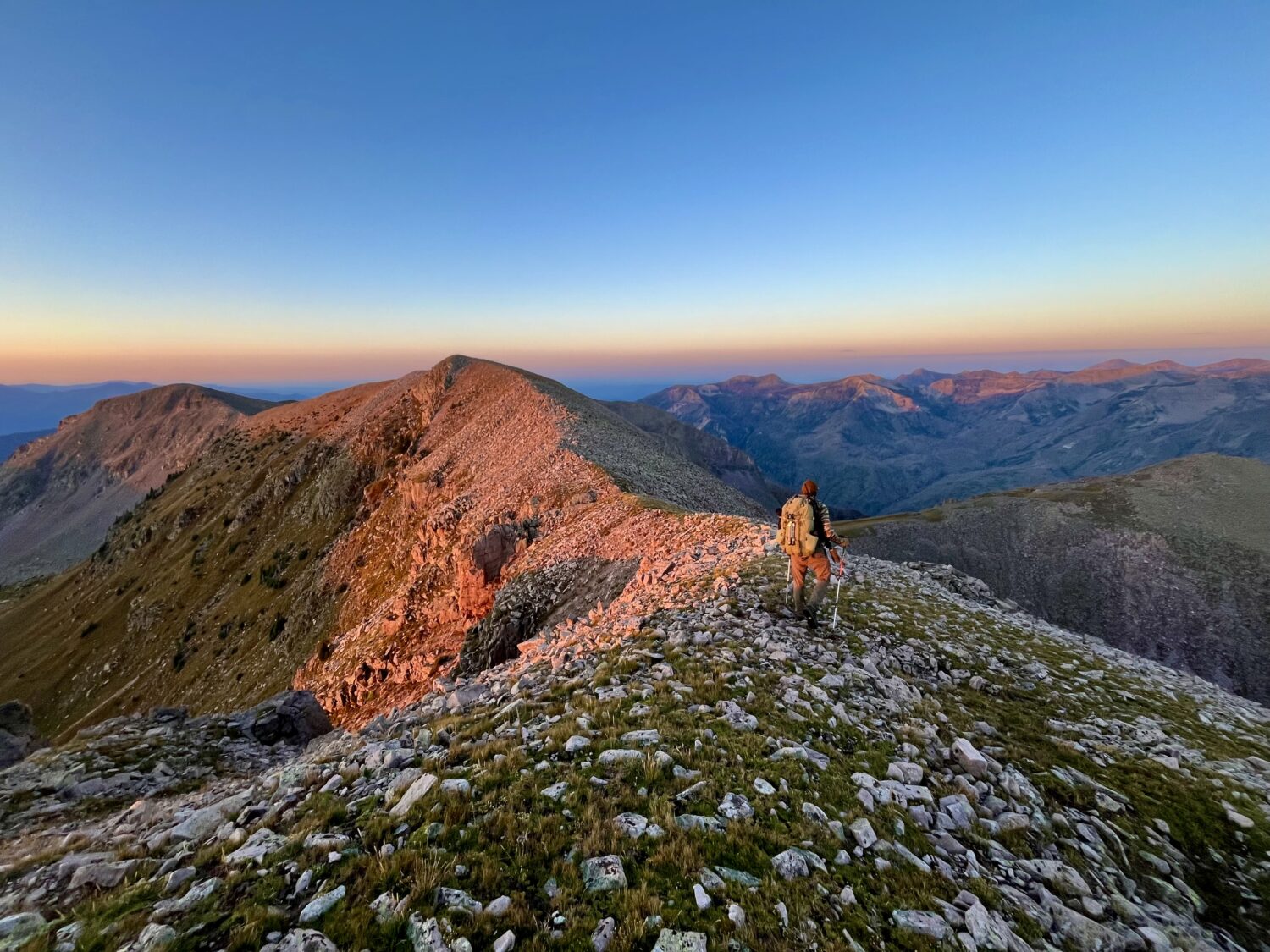
At the start of the season, I was lucky enough to have four friends join me to assist in my hunt. Sam, Ben, and Ridge covered one area of the unit while Lukas and I targeted another area where rams had historically been taken. Most resources estimate less than 20, highly nomadic, mature rams within this more than 300,000-acre unit, so having more eyes to cover ground was imperative.
Any high-country hunt involves one major variable outside of human control- the weather. Glassing for sheep involves traversing above tree line to locate the cliff bands or timber where rams reside. Daily thunderstorms forced us to be strategic with our time and position on these ridges to maximize glassing time before lightning inevitably chased us below tree line. The evening of opening day, we watched as lighting repeatedly struck a peak that, just 45-minutes earlier, we had been sitting on to glass. It was a great reminder of just how unforgiving these mountain environments can be.
The same evening as the sun set, we located a legal ram a mile from camp. The ram had bedded above 12,000 feet in elevation on a grassy patch surrounded by boulder fields. A Bighorn’s unique defense mechanism is their ability to navigate terrain that predators struggle to hunt effectively. Rams usually reside in the timber early in the season, but this ram appeared to be seeking refuge in rough, open terrain where few predators would dare to venture.
Unable to reach the ram before dark, we opted to try and relocate him the following morning. Morale was high, as I had not turned up any legal rams on my summer scouting trips. Between persistent winds racking my tent and sky-high excitement, I could barely sleep that night. We awoke early the next morning ready to relocate, field judge, and stalk the ram, but he had vanished. We continued to search for that ram the following five days without ever seeing him again. This was discouraging, but I knew there was still plenty of time in the month-long season to find success. While trying to relocate the ram, we saw ewes nearly every day. We turned up a total of around sixty ewes and sublegal rams during that week, which is estimated to be about half the total sheep population for the entire unit.
After the first week, I took a day to catch up on emails at the family cabin. It was refreshing to collect myself, resupply on food, and connect with the other tagholders in the unit. My friend Sam rejoined me for a long weekend exploring a new area. We turned up more ewes, some nice bull elk, and a plethora of mule deer, but no rams were to be found on this 3-day push. I drove back to the Front Range to briefly reintegrate with civilization.
The following Friday evening, my cousin-in-law CJ and I backpacked into an area I had scouted over the summer. We made it about six-miles from the trailhead, and set our camp well after 11:00pm. The next morning, we hiked for a vantage to check out ridge systems with excellent habitat. While no rams were spotted, we watched four ewes bounding through comically treacherous cliffs a few miles away as if it were a superhighway.
Another storm rolled through that afternoon, so we hastily set our tents in a clearing off the ridges and napped for a few hours while it passed. This area of the unit was hit hard by wildfire, and the storm’s 60+ mph winds blew standing dead timber down all around our camp. Peaks above 11,000 feet saw a measurable accumulation of snow in this storm.
Pressure to find a ram began to gnaw at me, as the thought of more winter weather ahead loomed. Morale and energy were dwindling, but Molly and my friends kept me motivated with encouraging satellite messages I would read from my sleeping bag each night. The night before I connected with my ram Molly sent a satellite message stating, “You will, just takes time. You’re young so God is making you work extra hard.” I feel there was absolute truth to this.
We glassed from camp while “enjoying” our freeze-dried dinner that evening, seeing a few more ewes and even a nearly legal ram. While seeing more sheep was motivating, we did not think much of it as research suggested mature rams typically would not be with the ewes until October when pre-rut activity kicks off.
CJ and I climbed atop the same glassing ridge the next day, where we spotted a few more ewes about 600 yards away across a small timbered drainage. The ewes were feeding within 50 yards of a 5x5 bull elk and a herd of mule deer; seeing such diversity of game concentrated on one small hillside was spectacular. I continued glassing distant habitat with my spotting scope, as CJ kept tabs on the closer terrain through his binoculars. Our journey back to the truck was imminent, and I was anxiously weighing plans for another week-long hunt to close out the season. As I prepared to leave, CJ snuck over to my position and excitedly relayed that a legal ram had fed out along the same ridgeline as the ewes. In disbelief, I turned the spotter in that direction and sure enough, a beautiful ⅞ curl ram was browsing along at 550 yards. We quickly ducked behind the ridgetop and made our way to a cliff band nearly 380 yards from the ram, the closest we could approach before losing our vantage or being seen. I dialed the scope on my 7mm Remington Magnum, got into a comfortable prone position, took my shot, and connected. He tipped over immediately and came to rest just short of 5 yards down the hill. We waited a few minutes before heading towards the ram. Feeling confident in my shot, we began to make our way across the deadfall-laden drainage between us. The fifteen-minute approach felt like hours as excitement began to overtake me.
As I first laid my hands on the ram, I could not help but feel overwhelming gratitude for the opportunity to hunt Bighorn Sheep in some of God’s most beautiful country, for my friends who took time to join me, for the flexibility of the Confluence Land Company team, and most of all, for my ever-patient wife, Molly, who was surely tired of the word “ram” by then.
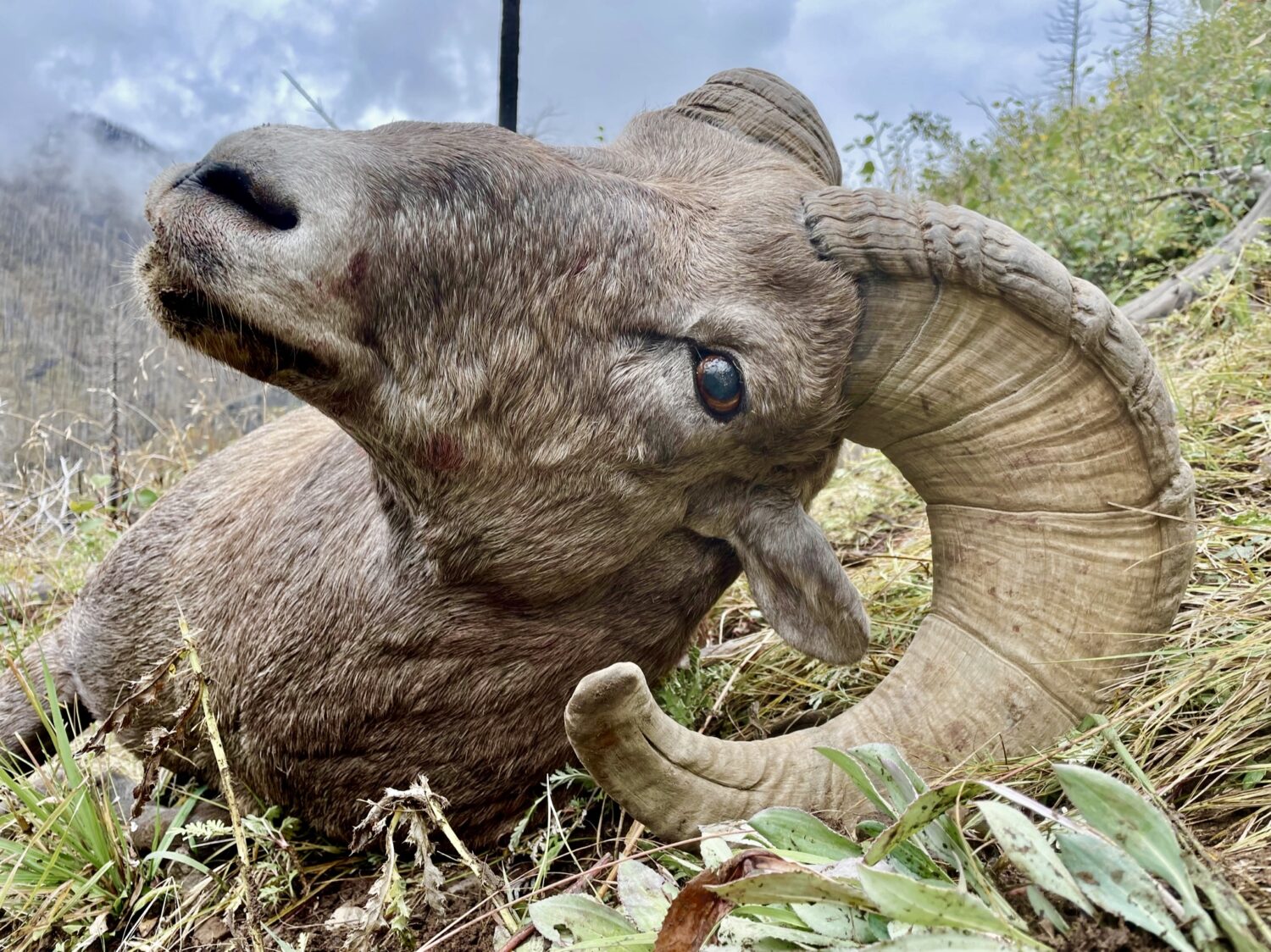
CJ and I took some time to revel in the moment before taking photographs and getting the ram caped and quartered. One last batch of ominous cloud cover snaked its way between high peaks as the hunt came to its conclusion. The heavy hike down to camp was steep and covered with deadfall timber, wet grass, and loose rock, making for an arduous trek to catch a trail that would lead to our tents. It took CJ and me the better part of two hours to travel a short distance. The next day, we broke camp and slowly made our way back to the truck with the ram. In total, I had hiked just over 100 miles since the season began two weeks before. I will not soon forget the experiences I was blessed with along each step I took through that amazing country.
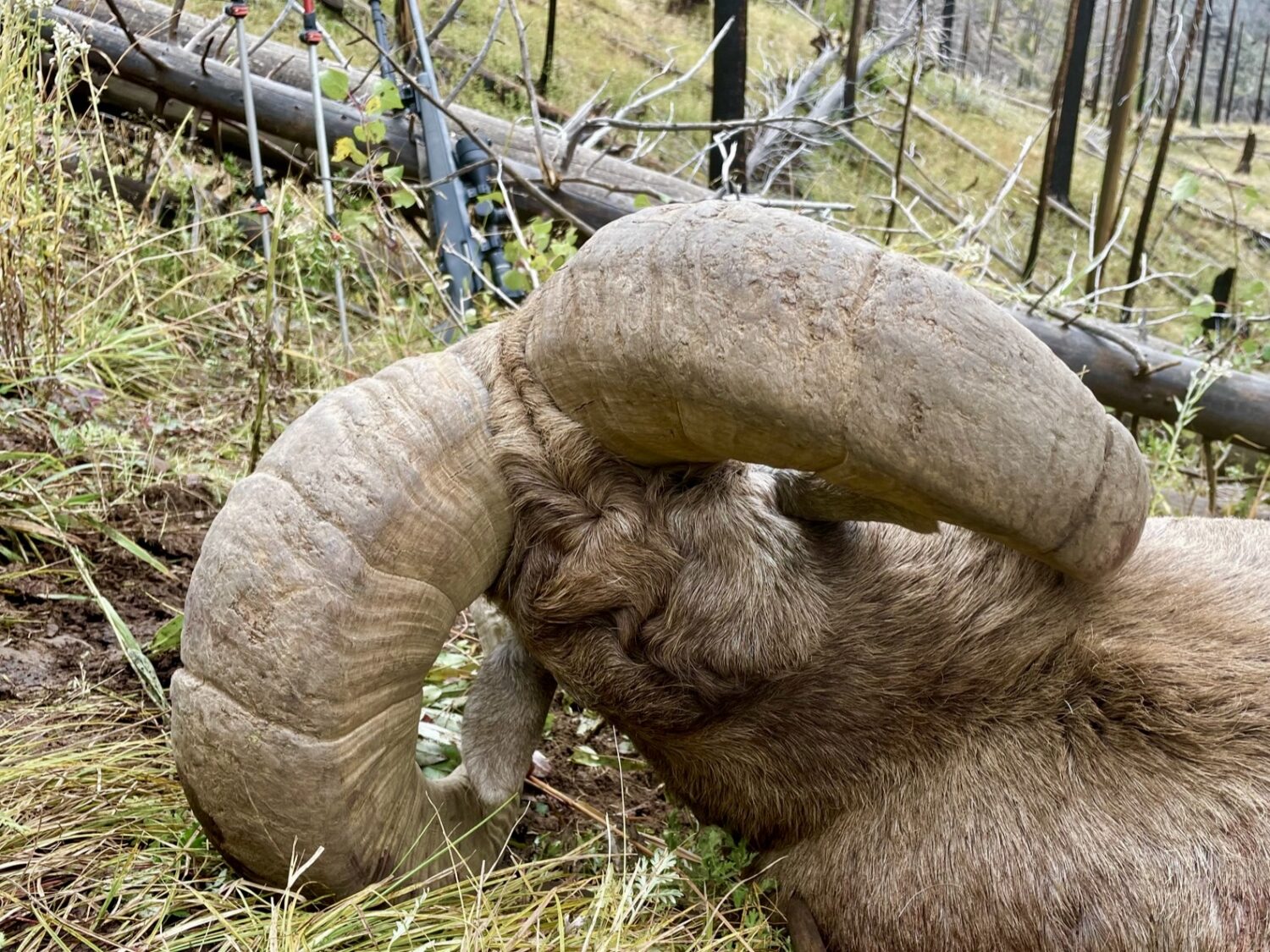
Bighorn Sheep are one of the most vulnerable big game species in the Western United States. They have been threatened by disease, predation, habitat issues, low genetic diversity, and historic overhunting during the early mining booms of the West. If you are interested in doing something to help them, and in turn increasing the hunting opportunity for these fascinating animals, please consider getting involved with the Rocky Mountain Bighorn Society (RMBS). The Rocky Mountain Bighorn Society’s mission is “... to promote the science-based management of the bighorn sheep, educate the public about their life and habitat, and assure the sportsman’s rights in proper opportunities.” Many RMBS members shared valuable insights with me that led to a successful hunt, and I plan to do my part with the organization moving forward.
